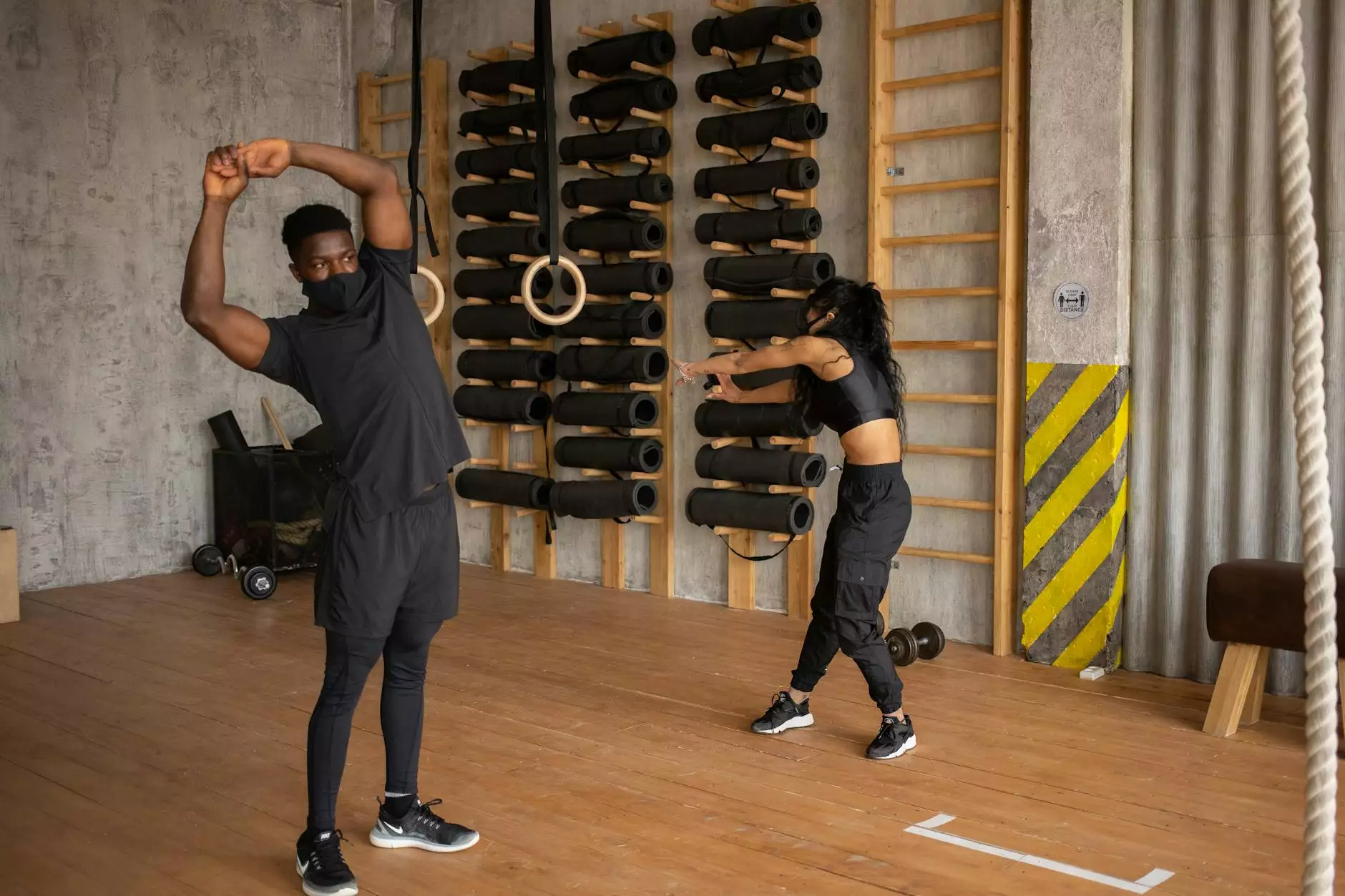The Importance of Understanding the Lateral Rotation of the Humerus in Medical Practice

When it comes to health and medical practices, specifically chiropractic and physical therapy, understanding the intricate movements and functions of the human body is of utmost importance. One such crucial movement is the lateral rotation of the humerus. In this article, we will explore the significance of lateral rotation, its role in promoting overall well-being, and how it relates to chiropractic and physical therapy treatments.
The Basics of Lateral Rotation of the Humerus
The lateral rotation of the humerus refers to the outward movement of the upper arm bone, the humerus, away from the body's midline. This movement occurs primarily at the shoulder joint and is facilitated by several muscles, including the infraspinatus and teres minor. Understanding the mechanics of this rotation is essential for healthcare practitioners, especially chiropractors and physical therapists, as it directly influences various aspects of patient care.
Functional Significance
The lateral rotation of the humerus plays a vital role in the functional movement of the upper body. It allows for a wide range of activities such as reaching overhead, throwing, serving in sports, and performing tasks that require lateral arm movement. This movement requires coordination between the muscles, tendons, and ligaments surrounding the shoulder joint.
In addition to facilitating everyday activities, lateral rotation also contributes to the overall stability and strength of the shoulder joint. Optimal lateral rotation allows for proper muscle balance, reducing the risk of injury and promoting efficient movement patterns. Such stability is crucial for athletes, individuals recovering from shoulder injuries, and anyone seeking to improve their overall physical well-being.
Application in Chiropractic
Understanding the lateral rotation of the humerus is particularly important in the field of chiropractic care. Chiropractors focus on the musculoskeletal system and its impact on overall health. They utilize manual techniques, adjustments, and exercises to promote proper alignment and functioning of the body.
In chiropractic practice, knowledge of lateral rotation assists chiropractors in identifying and addressing potential misalignments or imbalances in the shoulder and surrounding structures. By evaluating the range of motion and assessing the patient's specific needs, chiropractors can develop customized treatment plans to alleviate pain, improve joint mobility, and enhance overall functionality.
Integration in Physical Therapy
Lateral rotation of the humerus is equally significant in the realm of physical therapy. Physical therapists specialize in restoring and improving physical function in individuals recovering from injuries, surgeries, or chronic conditions. They utilize a wide range of techniques, exercises, and modalities to rehabilitate and optimize movement.
Physical therapists employ exercises that specifically target the lateral rotation of the humerus to enhance strength, stability, and functional capacity. Through stretching, resistance training, and other therapeutic modalities, they help patients regain and improve their range of motion and functionality. This is particularly beneficial for those with shoulder injuries, impingement syndromes, or conditions affecting the rotator cuff muscles.
Conclusion
Comprehending the lateral rotation of the humerus is essential for medical professionals, especially in the fields of chiropractic care and physical therapy. It not only enhances diagnostic capabilities but also assists in devising effective treatment plans tailored to the individual needs of patients.
By understanding the mechanics and functional significance of lateral rotation, chiropractors and physical therapists can positively impact patients' overall health and well-being. Through targeted interventions, they can alleviate pain, enhance joint mobility, and optimize movement functionality, ultimately improving the quality of life for their patients.








